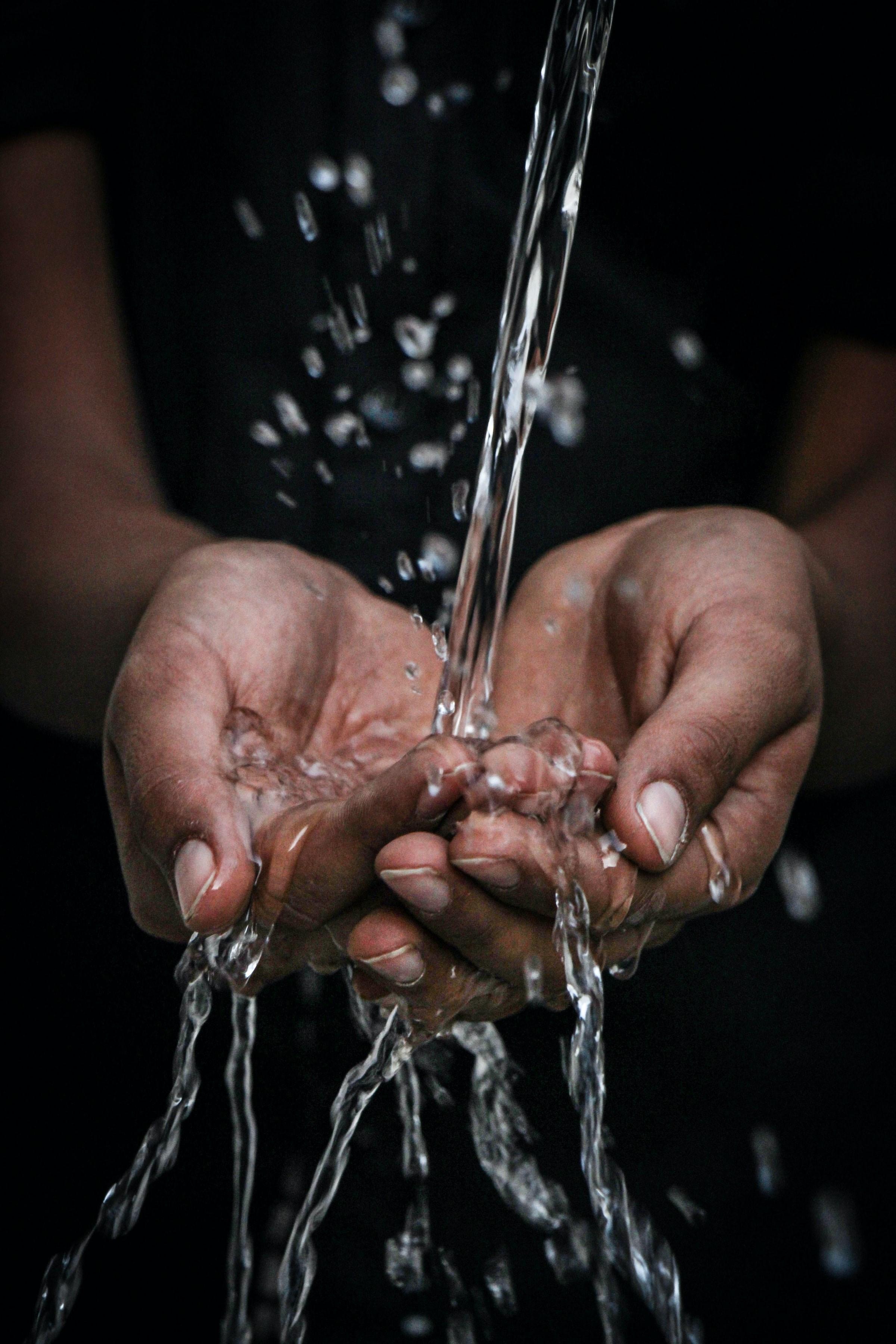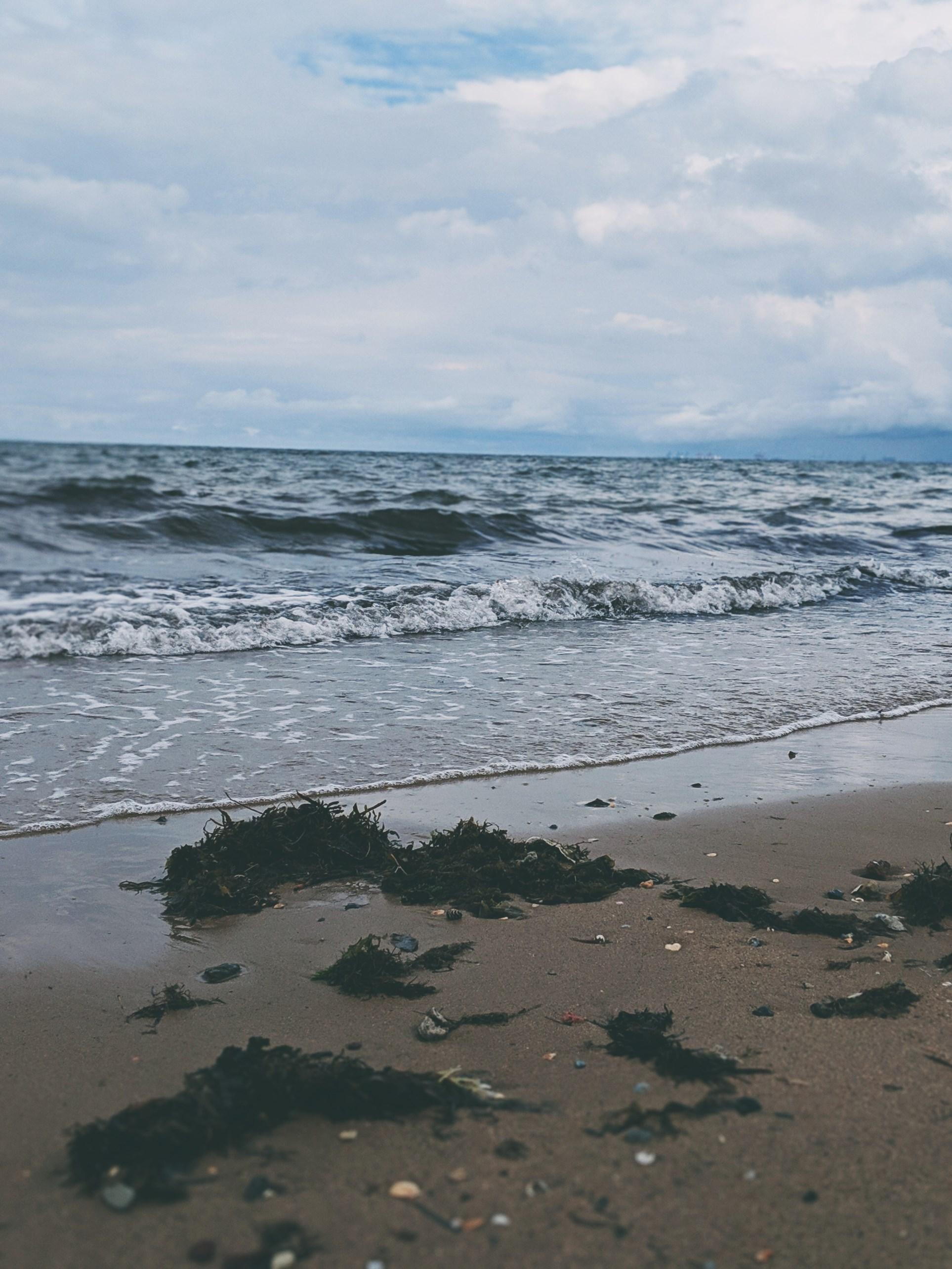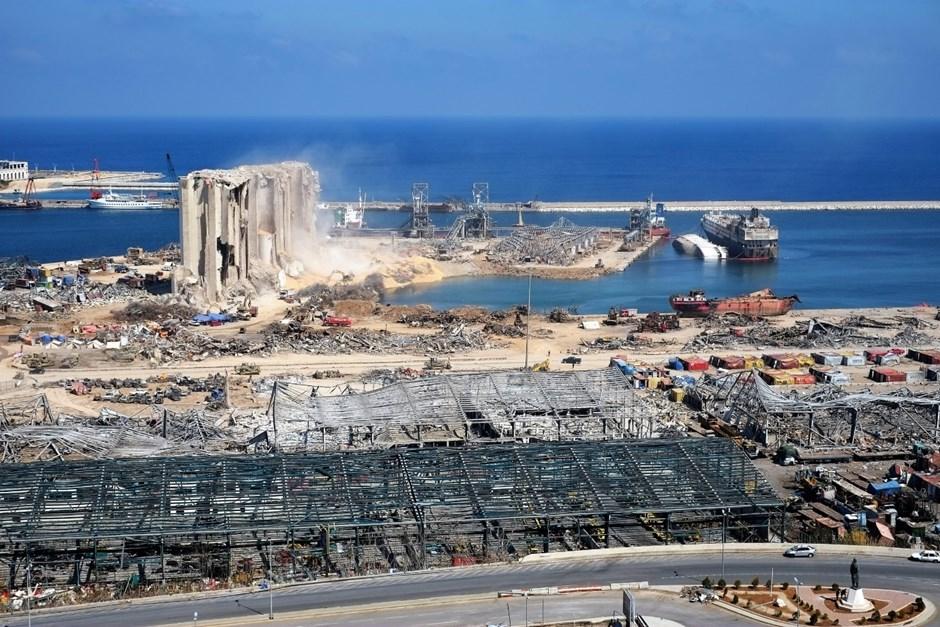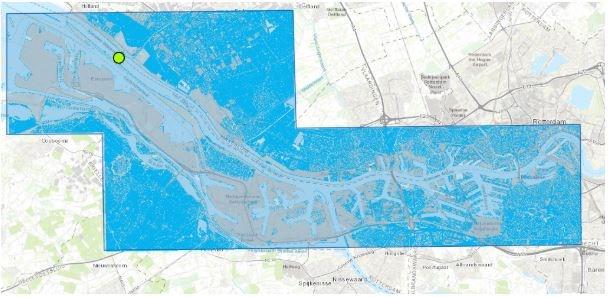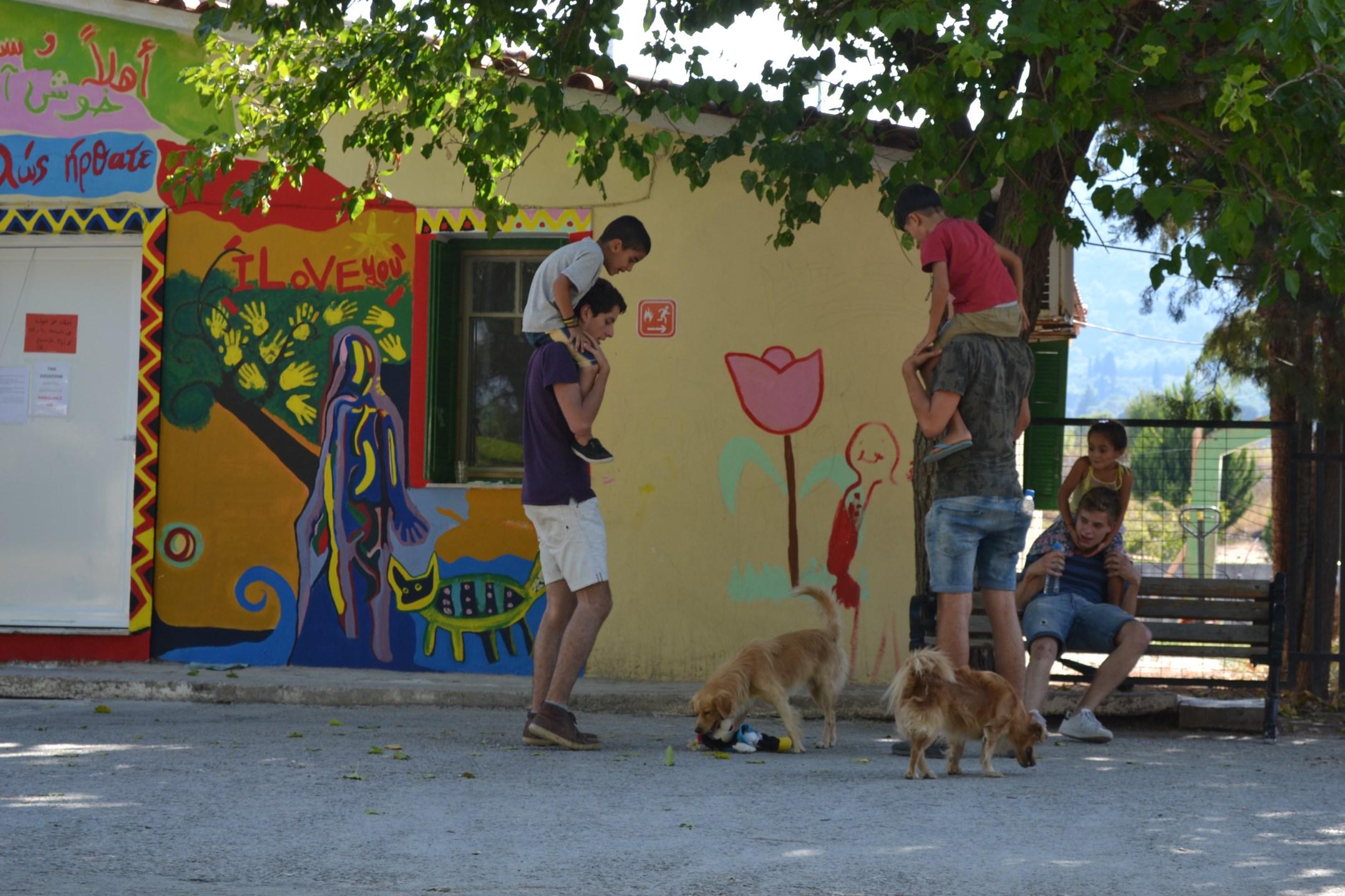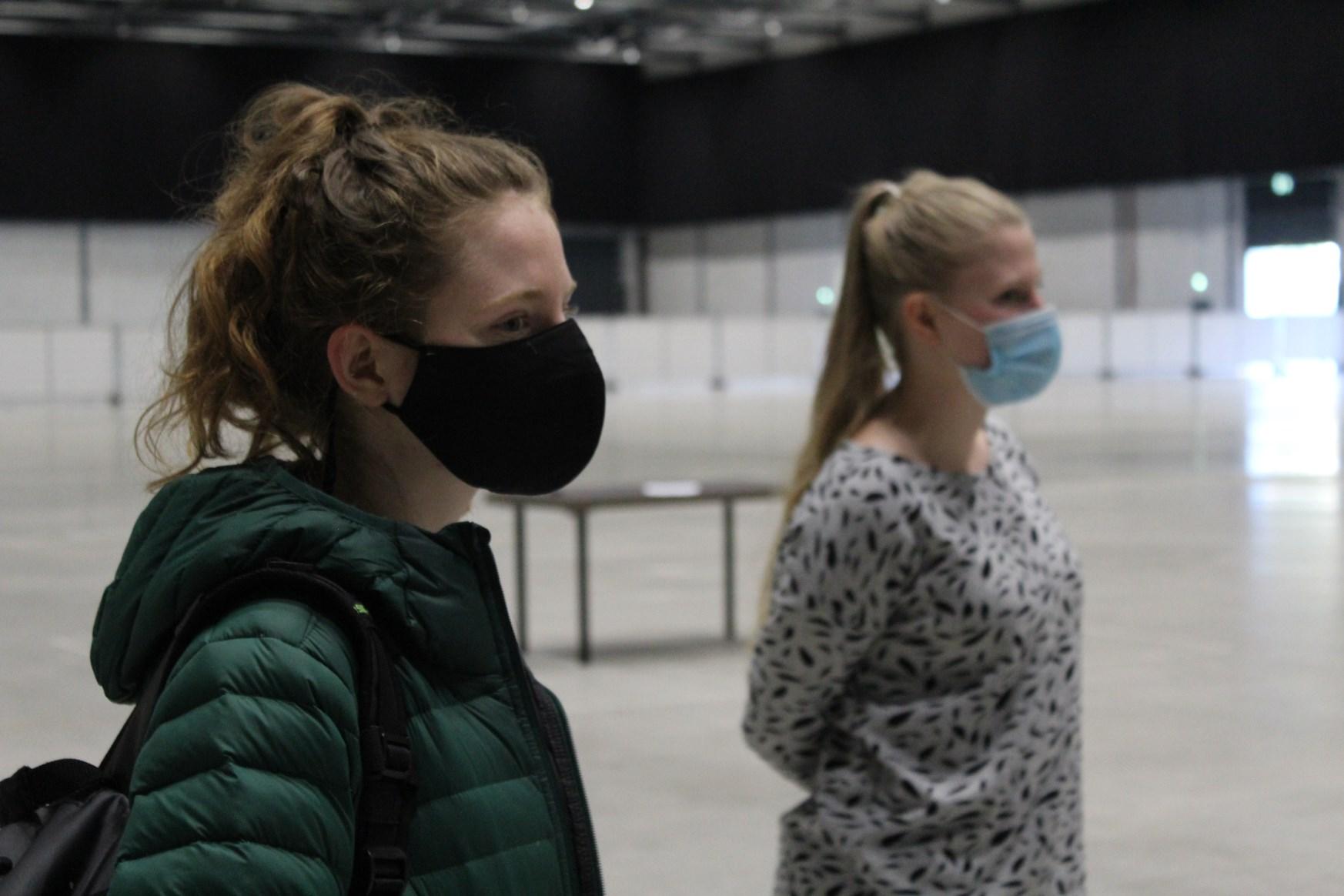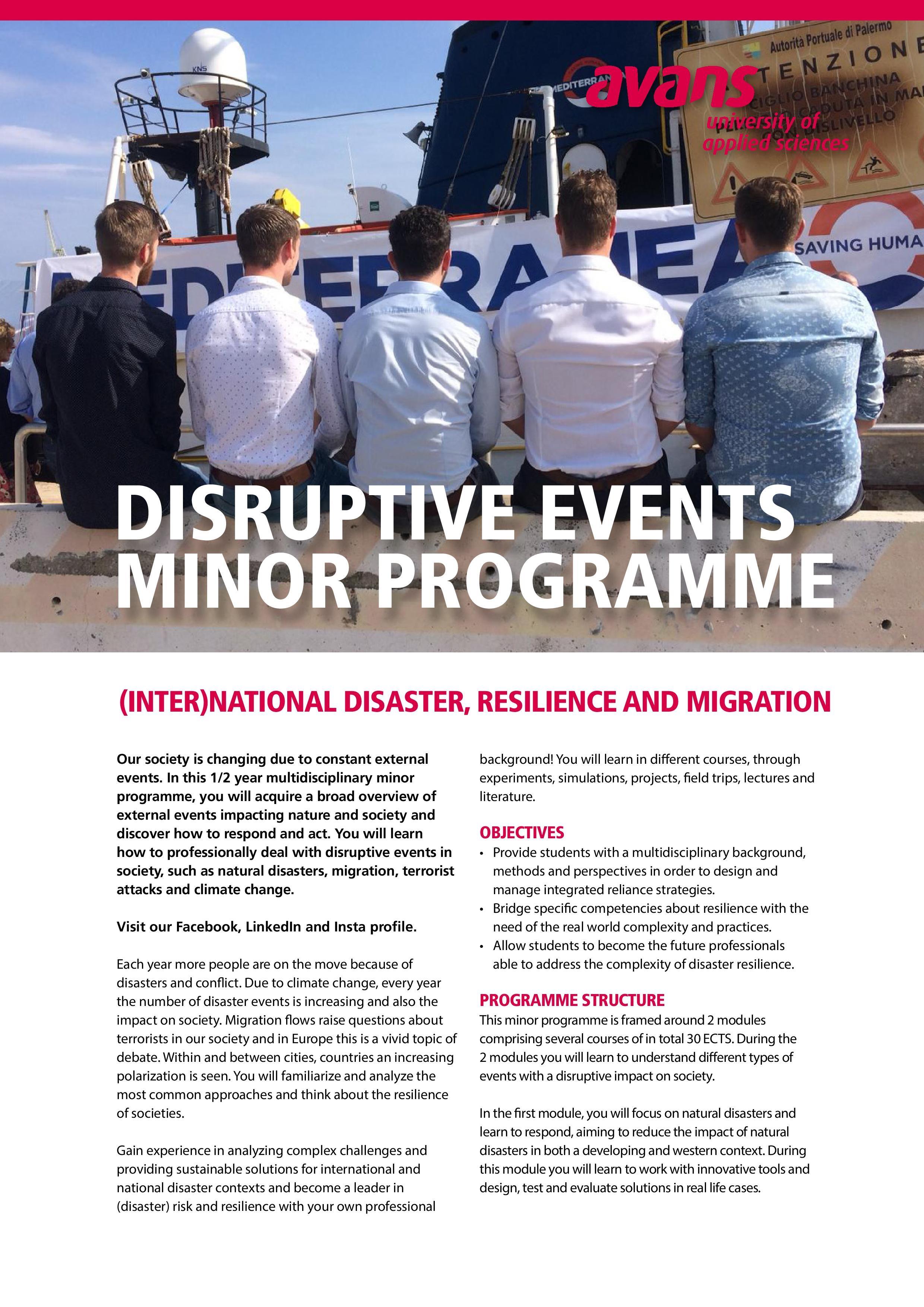
2 minute read
The United Nations Office for Disaster Risk Reduction
The UNDRR (formerly known as UNISDR) is an excellent example of how disaster management is applied and operated. The UNDRR operates on a global scale to prevent, reduce and limit the impact of natural disasters.
Advertisement
Foundation and taskforce of UNDRR
The UNDRR is a secretariat office of the United Nations and was created in 1999 as International Strategy for Disaster Reduction (ISDR). Back then, the mandate revolved around the assembly of an international framework for response of the international
community to the increasing incidence and scale of natural disasters. Nowadays, the main task force of the UNDRR is to support the implementation and revising of the Sendai Framework for Disaster Risk Reduction. The Sendai Framework was adopted by the UN in 2015, during the world conference on disaster risk reduction in Japan. This framework has settled four priorities for action; • Understanding disaster risk; • Strengthening disaster risk governance to manage disaster risk; • Investing in disaster risk reduction for resilience; • Enhancing disaster preparedness for effective respond, recovery, rehabilitation and reconstruction.
Besides these priorities, the Sendai Framework has also set seven global targets for 2020 and 2030. The UNDRR oversees that these targets are met, on a global, regional and national level. Operating on different levels allows for the identification of synergies to improve coordination within and between countries. This method assists in creating an increase in countries with a national and local disaster risk reduction strategy, which is one of the seven targets of the Sendai Framework.
Impact of UNDRR on disaster risk reduction
The UNDRR has established a tremendous increase in investments regarding resilience to disaster risks. One of the main strategies constructed, to oversee the priority #3 of the Sendai Framework, is called ‘Building Back Better (BBB)’. This strategy is aimed at the recovery phase after a natural disaster, in which infrastructure and private properties are designed to withstand the devastating forces of natural disasters. This was
implemented during the recovery of Java, after it was struck by an earthquake in March 2006. Based on the reconstruction of the Earthquake, strengthened houses were designed and over 100,000 of these dwellings were built within 2 years.
What we can learn from the UNDRR
Natural disasters will increase in scale and frequency, with rising temperatures globally. What the UNDRR emphasizes is the importance of global collaboration to tackle not only disaster risk reduction, but also climate change. To remain ahead in sustainable development, managing the risks related to natural disasters is key when it comes to long-term benefits. With the BBB strategy, the scale of damage will decrease

over the years as more and more nations become disaster resilient. This significantly decreases the need for recovery construction, thereby sparing resources and their connected climate impacts.

